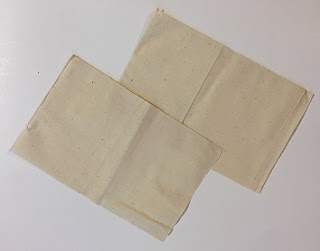Item of Historical Design Significance
This chair has a
special significance to me as it was passed down from my mother (along with
some other pretty cool old stuff) who, in turn, had inherited it from her
great-grandmother. I think it is probably a Victorian Club Chair, based on
research of similar chairs. An additional feature of its significance is that
it was in my children’s bedrooms when they were babies and was where I breast
fed them both, especially at bed/night-time.
The design features of this chair include the
padded, fabric covered upholstery at its seat, arms and back making it
comfortable in which to sit. In this instance the fabric is velvet, coloured a soft
duck egg blue (which it has been for as long as I can remember). The upholstery
is finished at the edges with braid and furniture tacks, giving a textural edge.
The main structure of the chair is timber and
the legs are finished with castors. These castors allow for ease of
manoeuvrability despite the significant age of same. The visible timber has
been intricately turned and carved including floral motifs, which adds texture
and visual appeal to the chair’s overall aesthetic. The timber is finished with
varnish that has an aged patina, adding further to its aesthetic appeal.
The chair’s shape is ‘tub-like’ (as suggested by its name) and cocoons the user comfortably, proportional to body shape. The chair is essentially quite small in size, possibly a reflection of the ‘body norm’ of the era. Despite its heavier appearance, it is surprisingly light to lift. The chair also sits quite ‘low’ in space, making it less obtrusive in a room.
The chair’s shape is ‘tub-like’ (as suggested by its name) and cocoons the user comfortably, proportional to body shape. The chair is essentially quite small in size, possibly a reflection of the ‘body norm’ of the era. Despite its heavier appearance, it is surprisingly light to lift. The chair also sits quite ‘low’ in space, making it less obtrusive in a room.




Comments
Post a Comment